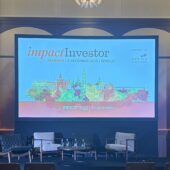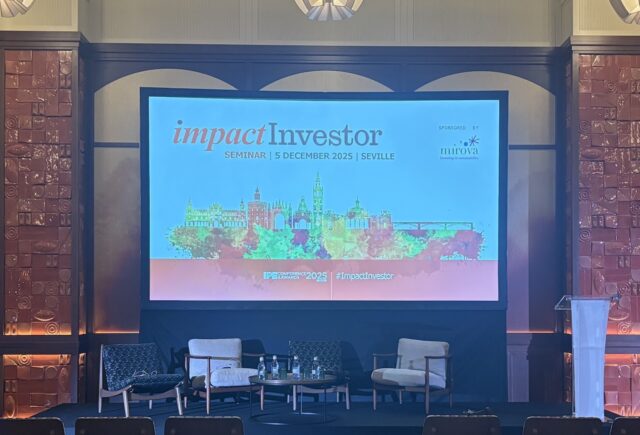Investments in South Asia show the highest growth in clients actively using responsible financial services, whereas Latin America and the Caribbean lag, according to GIIN’s latest research

In brief
- Research provides insights into progress towards SDGs by financial inclusion investments
- Geographical breakdown shows regional variations in impact, highlights lagging areas
- GIIN plans to add agricultural sector comparison tool in 2023
The Global Impact Investing Network (GIIN) has tapped into its IRIS+ benchmarking database to provide insights into how the impact of investments in emerging markets’ financial services measures up to what is required to meet the UN Sustainable Development Goals (SDGs).
GIIN presented a beta version of its first IRIS+ impact performance benchmark focused on financial inclusion in March. The tool, whose use is outlined in a brief published this week, benchmarks annualised progress towards relevant financial services SDGs across impact investments in its database, against the progress needed if those SDGs are to be met by 2030.
GIIN also plans to extend this type of benchmarking to the agricultural sector in 2023 and later to others including the energy sector.
“What’s most exciting about this is that it allows investors for the first time to compare their own impact performance relative to these global development goals,” Sophia Sunderji, associate director, research, at GIIN told Impact Investor.
She added: “The industry has been talking for years about impact washing and lack of standardisation in impact measurement, but we haven’t figured out an approach to compare impact investments in a way that is meaningful for investors to act on. This effectively provides them with a tool to do just that,” Sophia Sunderji, associate director, research, at GIIN told Impact Investor.
By breaking down the data by emerging market regions, GIIN shows that progress towards various SDGs is not uniform around the world, and enables investors to better assess whether their investments are being targeted for maximum impact.
Regional differences
“An investor focused on Sub Saharan Africa may need to approach things very differently than one that is focused on South Asia. So, providing that additional geographical context and comparisons to regional targets is really critical,” says Sunderji.
Regional disparities are highlighted by data showing progress towards financial inclusion SDG 1.4, which says all people should have equal rights to economic resources, as well as access to basic services, by the end of the decade.
As a measure of progress towards SDG 1.4, GIIN looked at the annual median increase in the number of clients actively using responsible financial services based on investments in its database.
The data showed median annualised rises in the pace of change in South Asia (16.0%), Southeast Asia (10.0%), and Sub-Saharan Africa (11.0%) that outperformed regional threshold rises necessary to achieve SDG 1.4 (4.2%, 8.6%, and 8.5%, respectively).
However, GIIN found the median rise in clients in Latin America and the Caribbean region (LAC) fell short of what was needed to achieve SDG 1.4 with an annualised 1% increase in clients coming up short of the 6.5% annual increase required for the region.
“We’re always talking about the fact that impact investing is inherently good, but don’t always have the data and the evidence to back it up. Here is one piece of evidence that tells us that across three of these emerging market regions, this set of impact investments is outperforming what is needed in order to achieve access to responsible financial services for all,” says Sunderji.
The brief also looks at financing for micro-, small-, and medium-enterprises (SDG 8.3) and found rises in LAC and South Asia were outperforming the thresholds, while South-east Asia and SSA investments were underperforming. For SDG 8.5, which targets full and productive employment by 2030, GIIN assessed “decent jobs at or above a living wage”, under which impact investments from the database showed a higher pace of change than the necessary thresholds in all regions bar LAC.
Sunderji said the pilot benchmark in financial inclusion has significant potential to grow, but already provides a valuable starting point for comparing on the basis of impact.
“It’s important to keep in mind, that the data comes from 13 investors across more than 2,000 annualised investments. It’s not a small number, but it’s also just the beginning. We’re really looking to grow the benchmark and continue to collect more data. As that sample grows, we will likely see changes in these types of figures. It’s exciting to think about the scale and really the potential for growth for this work,” she says.






